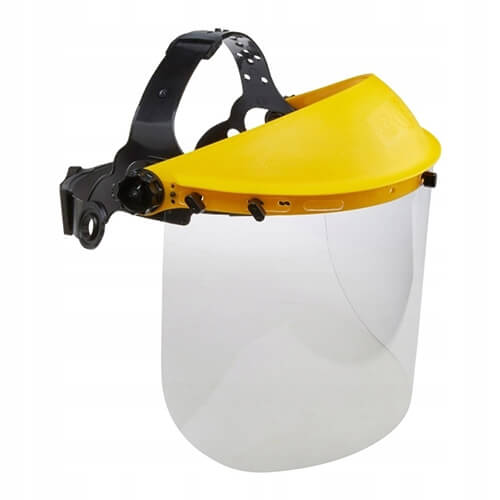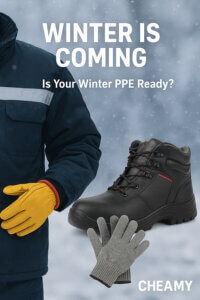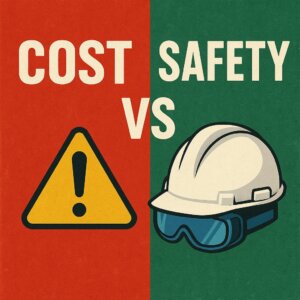In high-risk industrial settings, face protection isn’t optional—it’s essential. Impact face shields serve as a critical barrier against flying debris, chemical splashes, and thermal hazards, making them non-negotiable PPE for welding, grinding, chemical handling, and laboratory work. Here’s why they’re a safety staple:
1. Triple-Layer Protection & Design Innovations
-
Ultimate Impact Resistance: Shields made from polycarbonate (PC) or reinforced PETG withstand high-velocity projectiles like metal shards or rocks. ANSI Z87.1-certified models endure impacts from a 6.35mm steel ball at 91.4 m/s, while EN 166-compliant variants handle up to 190 m/s (Level A).
-
Chemical Defense: PC resists oils and solvents, while PETG offers superior acid/alkali tolerance—ideal for labs and chemical plants.
-
Heat Resilience: Withstands 130°C+ temperatures, crucial for welding or foundry work.
-
Ergonomic Engineering: Lightweight (∼3mm thickness), fog-resistant coatings, and adjustable headgear reduce fatigue during extended wear. Full-face coverage (28×24 cm) pairs with hard hats for complete protection.
2. Where Impact Shields Are Non-Negotiable
- Metalworking: Blocks grinding sparks and metal fragments.
- Chemicals/Labs: Prevents acid burns and biohazard splashes (e.g., EN 166 F/B-rated for liquid/dust protection).
- Emergency/Medical: Adjunct PPE against bloodborne pathogens (ANSI Z87.62).
- Forestry/Construction: Shields from falling branches, dust, and concrete chips.
3. Choosing Your Shield: Materials & Certifications
| Factor | Key Insights |
|---|---|
| Material | PC: Best for impact/heat (e.g., welding). PETG: Cost-effective chemical/UV resistance |
| Standards | – ANSI Z87.1-2020: Mandatory for U.S. workplaces (look for “Z87+” marking).- EN 166: European standard; Level A (190 m/s impact) for heavy industry.- AS/NZS: Varies by region—verify local compliance. |
4. Maximizing Shield Lifespan: Care Tips
- Replace Immediately if cracked/scratched—never repair damaged shields.
- Clean Safely: → Wipe with EPA-approved disinfectants or 70% alcohol. → Avoid bleach/abrasives to prevent clouding.
- Store away from UV light and heat to delay material aging.
Critical Reminder: Pair shields with goggles or respirators to seal gaps (e.g., ANSI D3/D4 ratings for splash/dust).
The Bottom Line
Industrial safety pivots on proactive protection. Select impact face shields by matching materials to hazards—PC for mechanics, PETG for chemists—and insist on certified designs. Because when hazards fly, your shield shouldn’t flinch.








